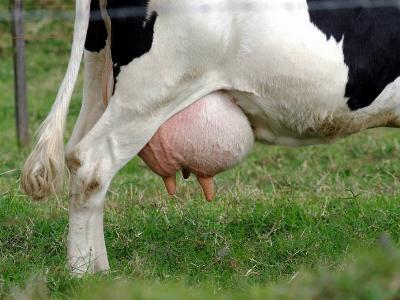5 milk fever prevention strategies for dairy cows

Hypocalcaemia, or milk fever, can be prevented with carefully monitored dietary strategies.
Photo: Roberto Burgos S. | Freeimages.com
Milk fever is a common occurrence in dairy operations, and every effort should be made to reduce its incidence as it can increase the risk of other diseases and have lasting effects on the cow’s production cycle.
The July/August issue of Feed Management provides an overview of milk fever, or hypocalcaemia, and offers prevention strategies to keep dairy cows healthy and productive, including:
- Dietary calcium restriction in the close-up dry period
- Dietary potassium restriction in the close-up dry period
- Dietary cation-anion difference (DCAD)
- Additional oral calcium supplementation
- Vitamin D3
Want to read more about the five prevention strategies and how manipulation of close-up diets can aid in preventing the occurrence of milk fever? Read the entire article in the latest digital edition of Feed Management to find out what dietary strategies exist to reduce the risk of hypocalcaemia in dairy cows. The issue also explores management practices, feeding best practices and on-farm tools that can be used to help minimize clinical cases and/or catch subclinical cases.
Related news
 Cow Health: Heat stress
Cow Health: Heat stress Heat stress occurs when a dairy cow's heat load is greater than her capacity to lose heat, and is sometimes referred to as hyperthermia.
 5 tips to keep cattle healthy during winter
5 tips to keep cattle healthy during winter Feeding adjustments can help your cattle weather the cold. As winter approaches in the Northern Hemisphere, there are measures beef and dairy cattle producers
 Preventing common metabolic disorders in dairy cattle
Preventing common metabolic disorders in dairy cattle Nutrition goes a long way in combating post-calving complications.The transition period is probably one of the most critical times in the dairy cow's production